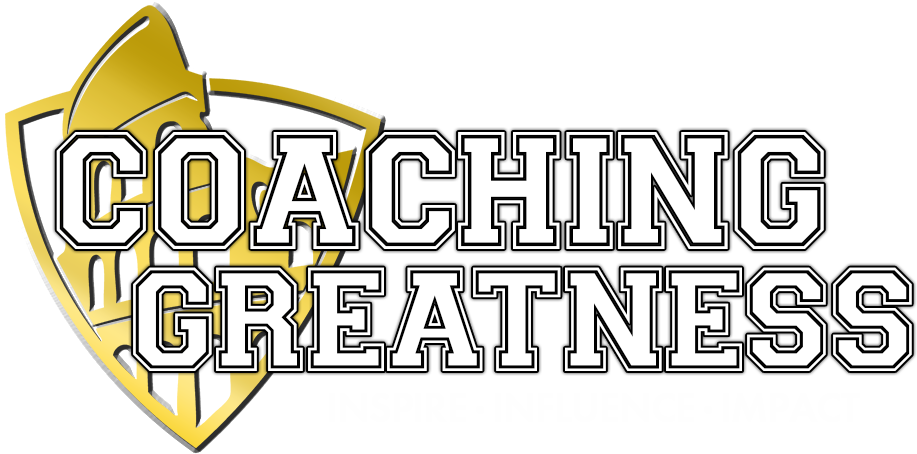
I’m going to ask you a powerful question.
And I bet you’ve been asked this question before.
No pressure, but if you’re crystal-clear about your answer, you’ll have more success.
And if you aren’t sure about your answer, you’ll have more challenges ahead.
So what’s this magic question that can influence the trajectory of your life?
“What’s your type?”
If you immediately started to answer the question, chances are good you started to describe the attributes of your perfect match.
You know – hair or eye color, height, interests or background.
But that wasn’t the “type” I was asking about.
Although being clear on what you like or dislike about a person could have a lot to do with the future success of your relationships, there is another “type” that could have an even greater impact on the success of your life.
This “type” doesn’t concern attributes someone else; it’s about an important attribute about yourself.
The unfortunate part is most people have invested less time into understanding this “type” than whether or not they prefer someone who enjoys long walks on the beach.
What I was really asking about was,
“What’s your LEARNING type?”
As education is moving more online, knowing your learning type may be one of the most important things to understand about yourself. By understanding your learning type, you can give yourself a better opportunity to both absorb and retain information. And that absorption and retention can directly improve your life.
Just like the color of someone’s hair or their style of clothes, you may have some idea what types of learning you like and which ones you don’t. Even if you aren’t completely sure of your preferred or predominant learning style, just like meeting someone you are attracted to, you know it when you “feel” it.
The purpose of this email is to help you gain some clarity on your type of learning style. To keep things simple, I’m going to explain the learning types in three categories: Visual, Auditory and Kinesthetic. Although there are some research models that suggest anywhere from four to eight different styles, the three types I will share can start your process of understanding how you best process information.
Have you ever struggled with a concept or idea that everyone else in the classroom or workplace seemed to easily understand?
Did you ever have trouble retaining information needed to succeed on a quiz or test?
If you have, know those challenges don’t often have to do with a lack of intelligence or ability. These challenges often happen because the information was presented in a teaching style that didn’t match your learning type. And unfortunately, if your teachers or instructors never learn how to present information in the way you best process, it’s like smashing a square peg into a round hole.
In fashion and in life, the concept of “one size fits all” is rarely true.
Although everyone is unique in how they learn and process information, most types can be simplified into three categories. Most people either need to see it (visual), hear it (auditory) or do it (kinesthetic) to learn something. To be clear, there is no best type and each style is not “all or none” – most people use a mixture of these styles to learn. By recognizing whether you are predominantly a visual, auditory or kinesthetic learner, and which other ways you learn best, you’re able to incorporate the teaching and studying style that better matches your learning type. Once you understand the unique ways you best consume information, not only will this potentially make your learning quicker and more efficient, but it can make learning much less frustrating too.
“So…What’s Your Type?”
Do you find yourself always taking notes to learn? Do you remember everything you hear when you listen to an interesting lecture? Do you like working through a problem with a “hands on” approach? Better understanding your learning type will help you direct your studies moving forward. To help you identify your learning type, the following will be a description of the three main learning types as well as ways how you can best use that style to study and learn.
Visual
Visual learners are regarded as the most common learning type. Visual learners prefer to digest their information visually whether through reading or watching. Seeing demonstrations and objects like graphs, charts and diagrams are helpful. Visual learners often have difficulty with spoken directions, don’t respond well to someone just telling them information, and can be distracted by sounds. In particular, many visual learners consume information best when reading or writing. Visual learners also prefer to write information down and perform well on written assignments and exams.
If you think this may be your predominant type, here are 7 tips how you can maximize your learning and retention:
1. Write things down like keywords, ideas and instructions.
2. Underline main points.
3. Look at people and professors when they talk.
4. Make note cards and review all your notes and underlined points.
5. Visualize verbal instructions or things that are read to you.
6. Practice visualizing concepts in your head and draw pictures of concepts to help you remember.
7. Study by yourself.
Auditory
Auditory learners are the next most common type, and these learners benefit from hearing and listening to process information. Auditory learners focus easily on sounds and have good memory of what they have heard through spoken or recorded lectures. Auditory learners learn best when information is presented to them through strategies that involve talking. People who prefer this style benefit from repeating back lessons, reading out loud, having recordings of the lectures, and taking part in group discussions.
If you think this may be your predominant type, here are 7 tips how you can maximize your learning and retention:
1. Sit at the front of the classroom to hear well.
2. Record or tape lectures and lessons in order to play them back and listen.
3. Read all of your assignments out loud.
4. Ask questions when you have them.
5. Engage in group discussions about new material.
6. Recite the things you want to remember.
7. Study in a group setting.
Kinesthetic
Kinesthetic learners are the rarest type and process and retain information best with a “doing” or “hands-on approach. Also known as tactile learners, they best gain new knowledge through manipulating, touching, building, moving, or drawing rather than lectures and reading. The best way to present new information to a kinesthetic learner is through personal experience, practice, examples, or a simulation.
If you think this may be your predominant type, here are 7 tips how you can maximize your learning and retention:
1. Take frequent breaks by getting up and stretching or walking.
2. Try chewing gum, walking around, or rocking in a chair while reading or studying.
3. Listening to music can also be helpful.
4. Keep something malleable in your hand while studying.
5. When memorizing, pace or walk around while reciting to yourself, and also try writing the information on a desk with your finger.
6. To reinforce new material learned, try teaching it to others.
7. Study in a group and incorporate activities to act out the material.
“What’s your book type?”
Now that you have a better understanding of your particular learning type, you should have an explanation behind why you choose your favorite ways to consume information.
Do you like to have an actual book in your hands?
Do you prefer to read an electronic version?
Do you favor listening to your book in an audio version?
Once you know the answer to those questions, all that’s left to do is to decide what you want to learn about!
Would like to learn how to build a winning culture with your business, family or team? Would you enjoy from learning from powerful inspirational stories that will help you to remember the information? Then regardless of your learning type, there’s a version of High Ten for you!
In great news, High Ten is now available in hardcover, Kindle and audio!
GET ANY VERSION HERE
I hope you check it out and make High Ten part of your summer reading. But regardless of what you choose to read – Fiction or Nonfiction, Biography or Business, Thriller or Romance – now you know the “type” of book doesn’t matter if you don’t know your learning “type” first.
If someone asked you, “What’s your learning type?”
Do you now have more clarity?
Good. Now get learning!
Throwing you a big High Ten,
Martin


